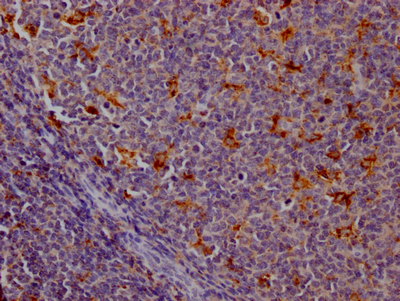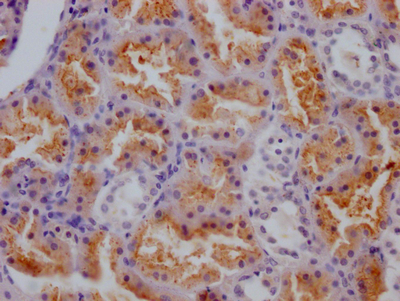CTSS is an important lysosomal cysteine protease. Antigen presentation, cytokine production, and angiogenesis are all important functions of this protein. CTSS is an essential cysteine protease that plays a role in the pathogenesis of autoimmune illnesses, allergic inflammation, asthma, diabetes, obesity, cardiovascular and pulmonary diseases, and cancer by enhancing tumor invasiveness or acting as a biomarker for cardiovascular disease evaluation. CTSS activates the PI3K/Akt and MAPK pathways, which enhance tumor cell growth. CTSS can also stimulate the proliferation of human periodontal ligament cells.
The first step in the preparation of recombinant CTSS antibody is to obtain the CTSS antibody gene. The heavy and light chain genes of the antibody were constructed into a plasma vector and then transfected into suspended mammalian cells transiently. After expression verification, cell supernatant was collected in expanded culture and purified recombinant CTSS antibody was obtained using Affinity-chromatography. This recombinant CTSS antibody has been validated for the detection of CTSS protein from Human in the ELISA, IHC.







